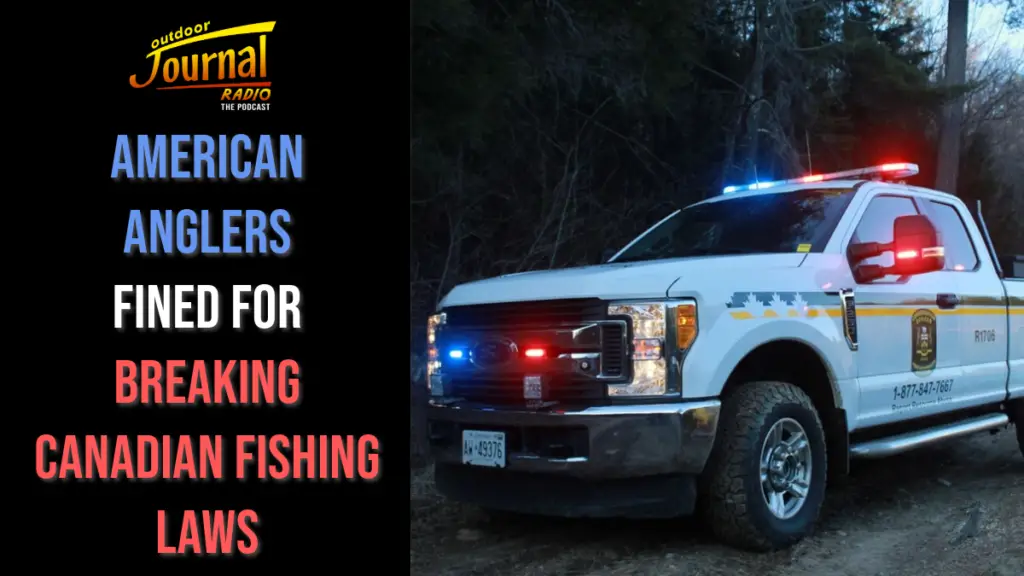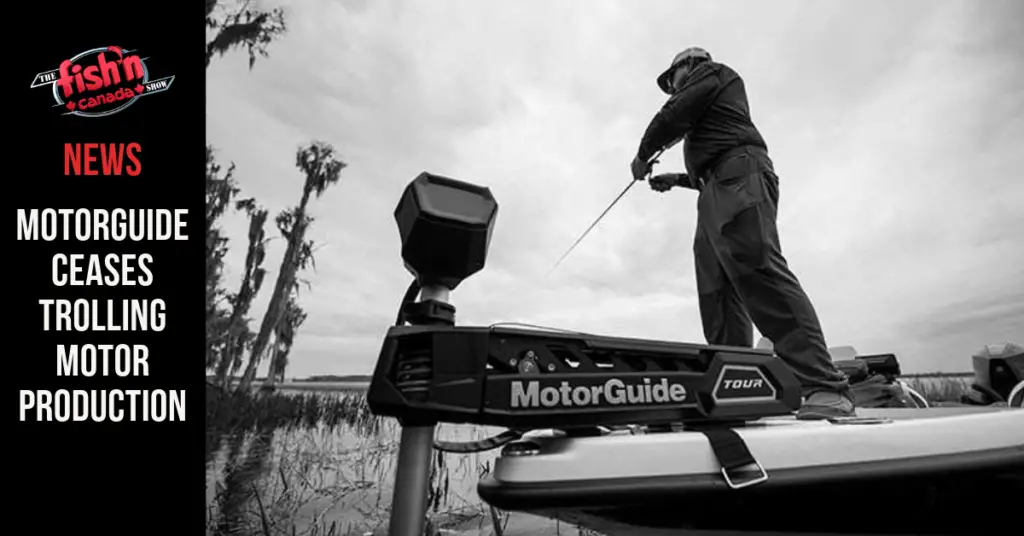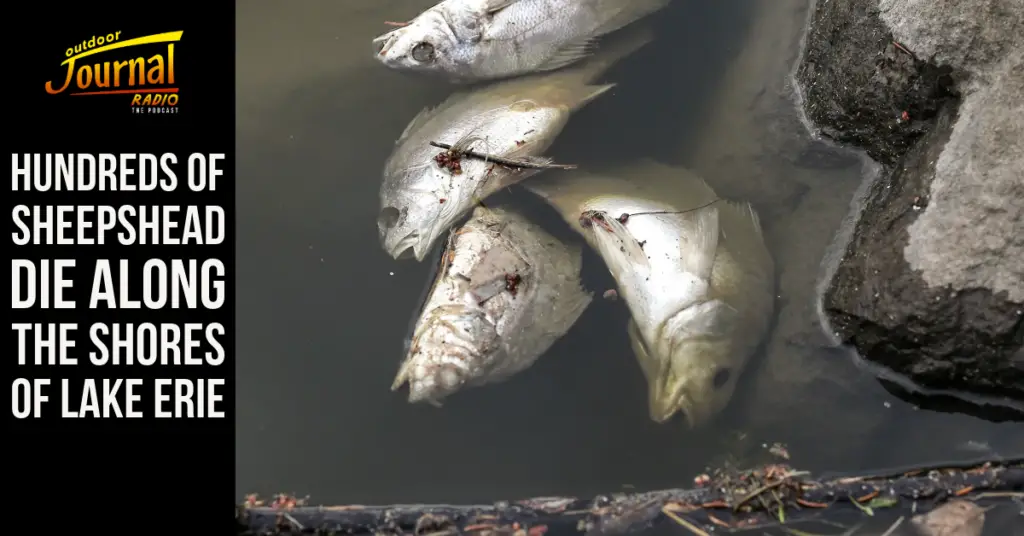It was reported last week in the Toronto Sun newspaper, that the shores of Tampa Bay were littered with dead eels, dead baby sea turtles, and approximately 15 tonnes of dead fish!
What would cause such devastation?
Well, it’s known as a “Red Tide”, where a toxic algae bloom takes place and spreads throughout the water.
As per Wikipedia:
Red tides are a phenomenon of discoloration of the sea surface. It is a common name for harmful algal blooms occurring along coastal regions, which are resulted from large concentrations of aquatic microorganisms, such as protozoans and unicellular algae (e.g. dinoflagellates and diatoms). Terrestrial runoff containing fertilizer, sewage and livestock wastes transport abundant nutrients to the seawater and stimulates bloom events. Natural causes, such as river floods or upwelling of nutrients from the sea floor, often following massive storms, provide nutrients and trigger bloom events as well. Increasing coastal developments and aquaculture also contribute to the occurrence of red tides. Harmful algal blooms can occur worldwide, and natural cycles can vary regionally.
The growth and persistence of an algal bloom depends on wind direction and strength, temperature, nutrients, and salinity. Red tide species can be found in oceans, bays, and estuaries, but they cannot thrive in freshwater environments. Certain species of phytoplankton and dinoflagellates like Gonyaulax found in red tides contain photosynthetic pigments that vary in color from brown to red. These organisms undergo such rapid multiplication that they make the sea appear red. When the algae are present in high concentrations, the water may appear to be discolored or murky. The most conspicuous effects of red tides are the associated wildlife mortalities and harmful human exposure. The production of natural toxins such as brevetoxins and ichthyo toxins are harmful to marine life. Effects of red tides can worsen locally due to wind-driven Langmuir circulation and their biological effects.
The article explains it a bit more in layman’s terms: “Red Tides occur when colonies of algae – simple plants that live in the sea and freshwater – grow out of control while producing toxic or harmful effects on people, fish, shellfish, marine mammals, and birds”
The Tampa Bay area is in a really bad situation since Tropical Storm Elsa made her way through there recently. The strong continuing winds have pushed the algae towards the mainland and thus doing so, has pushed all the dead creatures shallow.
“We have seen algae blooms on many of our travels throughout Canada,” says Fish’n Canada’s Angelo Viola “but they were nothing like this. It’s usually a green scum on top of or in the top layer of the water column.”
“It does affect the fishing,” continues Ang “and we have to make minute adjustments according to the species we are after”.
Getting back to the Florida situation, the estimated 15-ton mark was made after a ten-day cleanup… with LOTS of dead fish still floating. It is going to take some time before Tampa Bay is rid of all the decaying remains.
Best of luck to them.
References:
Mark, J., 2021. ‘REALLY EXTRAORDINARILY BAD’: Red tide leaves 15 tons of dead fish on Tampa Bay shore | Toronto Sun. [online] Torontosun.com. Available at: <https://torontosun.com/news/world/really-extraordinarily-bad-red-tide-leaves-15-tons-of-dead-fish-on-tampa-bay-shore>.
En.wikipedia.org. 2021. Red tide – Wikipedia. [online] Available at: <https://en.wikipedia.org/wiki/Red_tide> [Accessed 16 July 2021].







